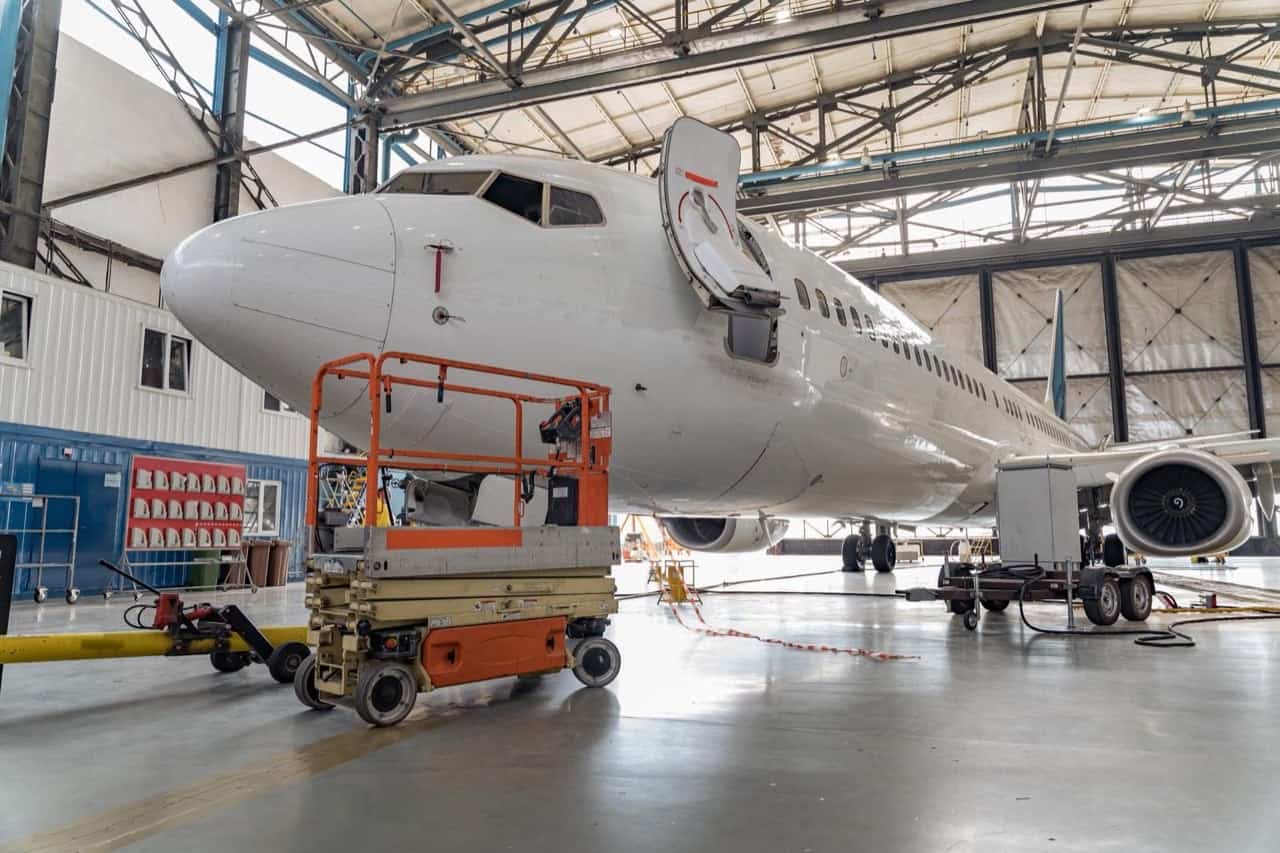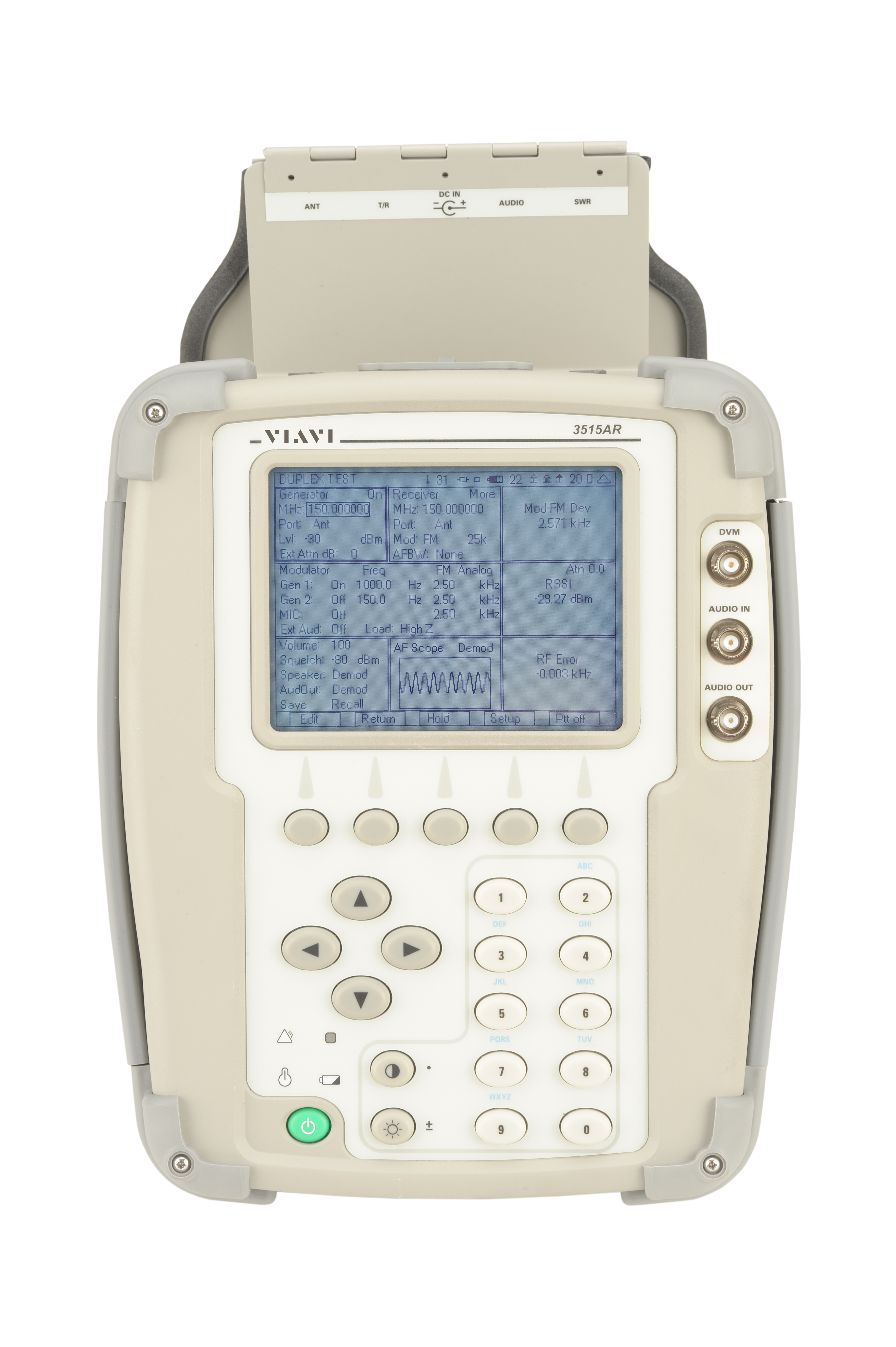Aircraft Radio Repair - All my life I have been told about old army/navy surplus stores where you could buy buckets of FT-243 crystals, radio equipment, gas masks and even a jeep in a big wooden crate. Unfortunately, this is no longer the case. Today, surplus stores carry only contemporary shoes made in China, camping gear and flashlights. They are very disappointing except for one other store I found while vacationing in the Adirondacks: The Patriot of Lake George.
There I found Yun Karn of historical importance. Surplus CBY-46104 receiver unchanged since WW2 with dynamometer. The date of preparation was the beginning of the war, February 1942. This was preserved on the day it was removed from the F4F Hellcat. No pig ever held a bread or a drill. Could this unit see some action in the South Pacific? Imagine the stories he could tell!
Aircraft Radio Repair

My unorthodox restoration of this radio followed strict rules to minimize evidence of interior and exterior repairs, but this radio once again performed as if it had just rolled off the assembly line. Let's see how I did.
Parts, Repair And Maintenance Services
The list of radio systems fitted to WW2 aircraft goes on, even more so for specialized aircraft such as night fighters that rely entirely on radio navigation and radar systems to fly their missions and jam aircraft whose purpose was to hide bombers or attack aircraft. coastal areas. There were different systems for each function Specifically:
An early B-29 radio rig showing a cache of radio equipment. More equipment will be installed as the battle continues. The bottom line is that they used a lot of radio equipment for a lot of purposes. A very busy radio room indeed!
Command seat installation on a B-25H, showing the location of the command seat equipment (left) and control head (right) positioned to be accessible to the pilot for direct radio control.
Somewhere in this radio system repository, you will find a CBY-46104 receiver. This receiver is part of a series of radio equipment known as the ARC-5 command sets, which describe an entire class of WW2 transmitting and receiving equipment for ship-to-ship communications. This type of equipment includes separate transmitters and receivers that can be controlled by pilots using a remote control head mounted somewhere on the flight deck.
Part 145 Explained (aircraft Repair Station Maintenance Ratings)
These radios were built in the mid-1930s. The transmitters use a MOPA (Master Oscillator Power Amplifier) architecture that supports AM telephone and CW transmissions (known as Morse code). The receivers used a single conversion heterodyne architecture similar to the large wooden console radios of the era. Octal tubes were used as active devices and the operating frequency did not exceed 20 MHz, which was considered high frequency in the mid-1930s.
This radio equipment was lightweight by WW2 standards, the CBY-46104 weighs only 6 pounds and is made entirely of aluminum. It has a carefully balanced chassis/radio design to reduce weight (they were installed on airplanes after all) while also being rugged and capable of providing stable operation in MIL-SPEC temperature ranges and severe vibration.
CBY-46104 1.5-3 Mc contains AM or CW (it can also tune in SSB in CW mode), which it did in February 1942 with Aircraft Radio Corp. of Boonton, N.J. SN# 1777. The contract for this run was #74812. June 29, 1940, demonstrated increased procurement/production of war equipment prior to Pearl Harbor. In other words, they planned this conflict in advance. set up the supply chain).

These were not easy rules to follow because as you know, the first step to restoring an antique radio is to replace all the paper capacitors and electrolytes, saving a lot of headache and time.
Rc Aircraft Online Auction
Instead of replacing the caps, I chose to do a superficial inspection of the caps and try to run the unit for diagnosis. I checked the electrolyte and paper caps with a Fluke DVM in resistance mode for obvious shorts or low impedance. All caps were open circuit as far as my DVM was concerned (unfortunately DVMs are not sensitive enough to properly leak test, more on that later).
Next I had to find the documents. Fortunately, documentation for WW2 radio equipment is easy to find as it was ubiquitous in ham radio stations around the world from the late 1940s to early 1970s (here for all or most of the ARC-5 equipment available is a PDF link). A common practice in the post WWII era was for Elmer hams to gift an ARC-5 receiver to a young ham working towards his license. With such a receiver, the youngster will be able to tune in to radio traffic from around the world and practice listening to Morse code (CW) broadcasts.
Military surplus radios are not easy to wire because they usually use multi-pin connectors for power and other controls. From the documentation I found out what to connect to the multi-pin connector on the back; +28 VDC, external CW/AM power switch, RF gain control pot, 600 ohm speaker (I used an 8 ohm speaker and an impedance matching transformer).
But one might ask, "With 28VDC input, how do we get high voltage to the vacuum tube plate?" Here's how they did it in WWII: This unit has what's called a dynamometer. High voltage is generated from the dynamo. Everything from receivers to transmitters running on low voltage DC buses use DC motors to generate the 200-1000V, or more, required for operation.
Radio And Radar Bench Repair Far Checks
Dynamotors are engine generators; In my case one end is a rotating motor on a 28VDC motor and the other end is a 250VDC generator. Instead of two motors attached to two shafts (larger units on airplanes actually use such arrangements), this motor is built into a compact unit with two armatures and two sets of brushes. 28 VDC in, 250 VDC out all the time like a grazing bird.
I removed the bells (end caps) on both sides of the engine. I applied 28V and carefully with my finger pressed the armature on the 28V side of the dynamo to turn it on. It bounced like a jet engine from the 1950s! ''
After about 30 seconds the Whrrr sound stopped a bit, actually the load, as the vacuum tubes heat up and draw current from the dynamometer's 250VDC output. Then a voice came from the loudspeaker. I pulled out my 20 meter dipole and to my surprise tuned in to AM broadcast stations on about 1500 Kc. There was a lot of noise through the speakers, possibly due to failed caps that would otherwise have muted the dyno hum. The receiver was not very sensitive, and the tuning got stuck in the high frequency ranges on the dial. It was at this point I turned it off, the radio wanted to work and now I had to clean it and fix a few things.

The first order was to properly check the capacitors as it was clear that some of them were not working as described. Capacitors are difficult to properly test, requiring multiple tests to resolve bad capacitors:
Nextgen Aircraft Design Is Key To Aviation Sustainability
With all of this in mind, the keys to troubleshooting tube equipment are to check the capacitance of each cap to confirm it's working and to check for leakage to make sure current isn't leaking between circuits.
To test for charge and leakage with a test device, you need to recover an old piece of test equipment known as a capacitor tester. I got mine for $10 at the Dayton auction many years ago. It consists of several dials and a highly sensitive 'magic eye' tube that detects a leak. Mr. Carlson's lab has a great video on how to use it.
To test each cap I had to remove each one from the circuit, one at a time. Do not bypass this or you may miss the cap value or leak test. Amazingly, the vast majority of these February 1942 capacitors tested well. This is evidence that you won't replace all the caps if you don't have to. I found all but three wax and paper caps sealed in tin (especially for the ARC-5 and other WW2 radio equipment, also known as 'pot' capacitors due to their metal tin shape) and the electrolytic caps need to be replaced. I chose to refill the damaged lids by opening the metal cans, removing the guts and inserting a modern replacement, then plugging the cans together.
I then checked all resistances with my Fluke DVM. The nice thing about tube gear is that the tubes present an open circuit when the power is off so you can reliably test the resistors in the circuit without removing them.
Aircraft Radio Receiver Type Cc7 46104 Parts Or Repair
Older resistors tend to increase in value over time. Extremely high values in K or M of 100
Aircraft handheld radio, becker aircraft radio, portable aircraft radio, aircraft radio transceiver, aircraft com radio, yaesu aircraft radio, aircraft band radio, aircraft radio for sale, aircraft radio communications, radio control aircraft, aircraft radio, aircraft repair
0 Comments